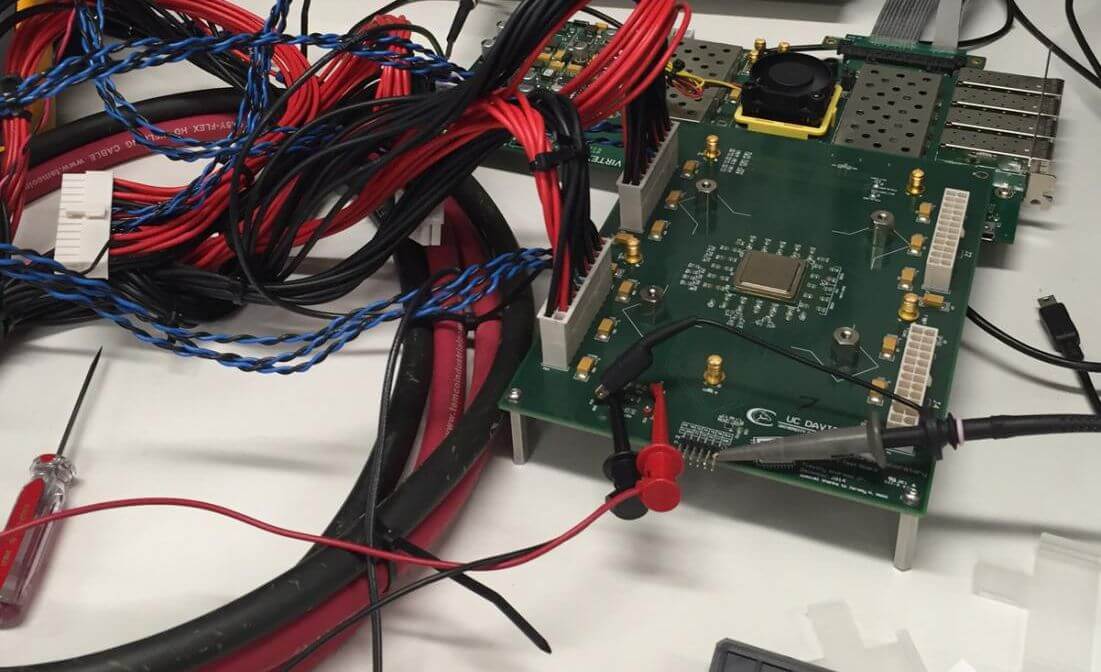- Get link
- X
- Other Apps
- Get link
- X
- Other Apps

The world's first central processor, numbering 1000 independent programmable cores, was designed by a team of researchers from the University of California. The project was named KiloCore. The processor is capable of performing 1.78 trillion instructions per second and contains 621 million transistors. The new chip was presented to the public on June 16 at the exhibition dedicated to the processor technology, held in Honolulu.
"As far as we know, this is the world's first processor with 1000 cores and the fastest processor among those that were created within the walls of universities," Beevan Baas, a professor of electrical engineering and computer design at the University of California, shared his joy.
Indeed, according to the Baath command, to date, the maximum number of cores in the processors was considered to be 300. Most of these chips were not available to mere mortals and were most often used in scientific fields. The KiloCore processor was implemented thanks to the help of IBM Corporation. It provided researchers with its production capacity, which allowed the chip to be released on a 32-nanometer CMOS-technology.
Each KiloCore core can execute a small program independently of the rest of the cores. This makes the processor much more flexible than the Single-Instruction-Multiple-Data approach used in modern GPUs. The main idea of the researchers was to break the application into many small pieces, each of which can be executed in parallel using separate cores. This will significantly increase the performance, while reducing power consumption.
Since each core is completely independent, it can independently disconnect itself at a time when it is not used for computation. So that you could imagine how much this processor is energy efficient, the developers gave a simple example: the kernels can perform 115 billion instructions per second, while the chip can be powered from a regular AA finger battery. KiloCore is more than 100 times more efficient than modern processors used, for example, in laptops.
At the moment, a number of applications have already been developed for the new processor. For example, to encrypt and decrypt data, process video and so on. In other words, the chip will be in demand in those areas where it is necessary to simultaneously process huge data sets. It is not known yet whether the team of scientists plans to make their processor accessible to the general public or leave it to the scientific world.
The article is based on materials .
- Get link
- X
- Other Apps
Comments
Post a Comment